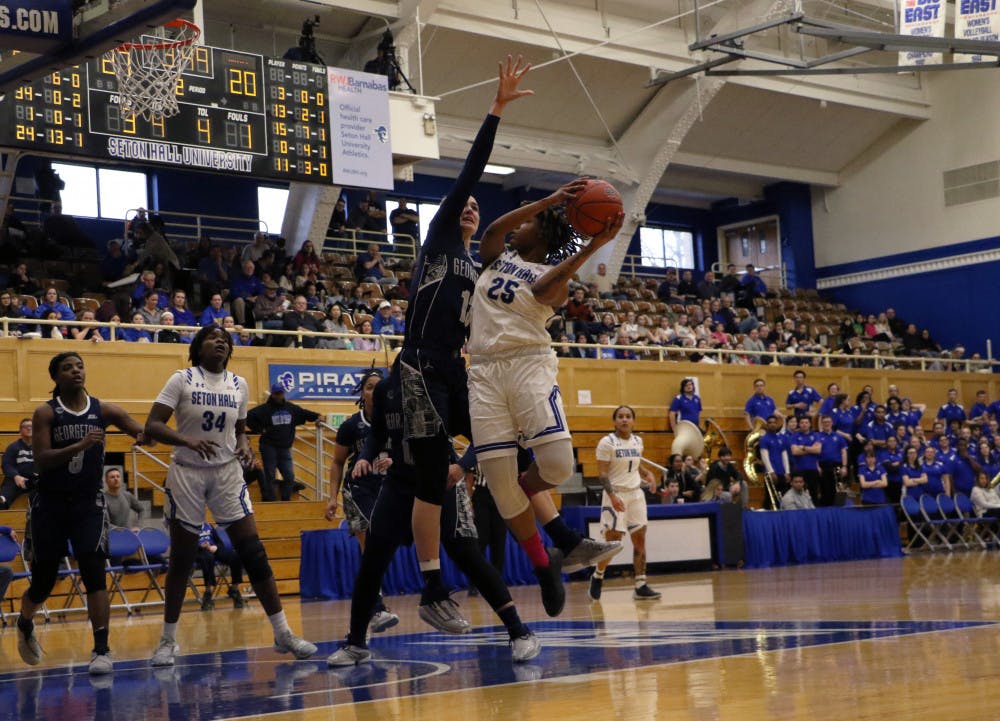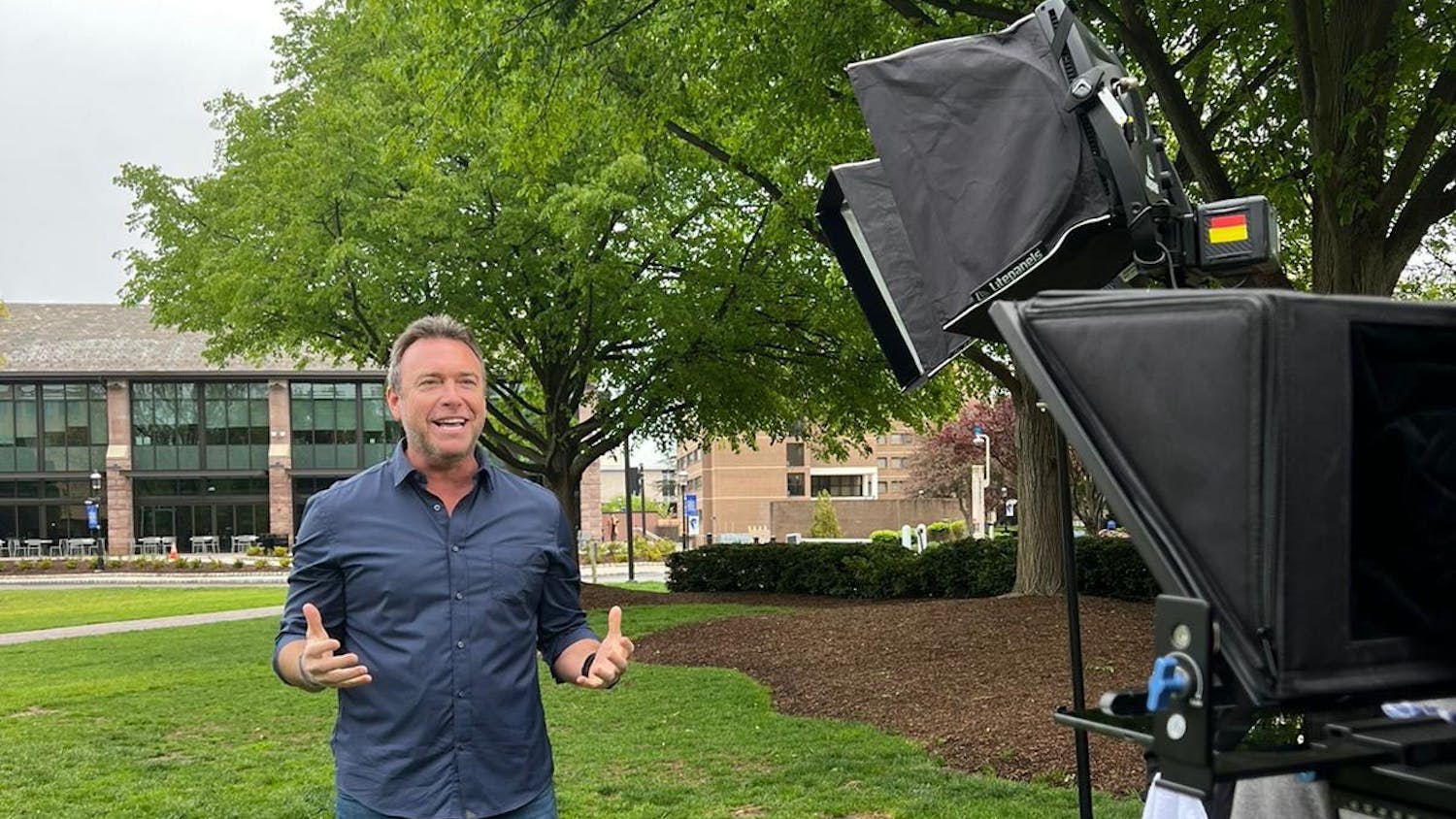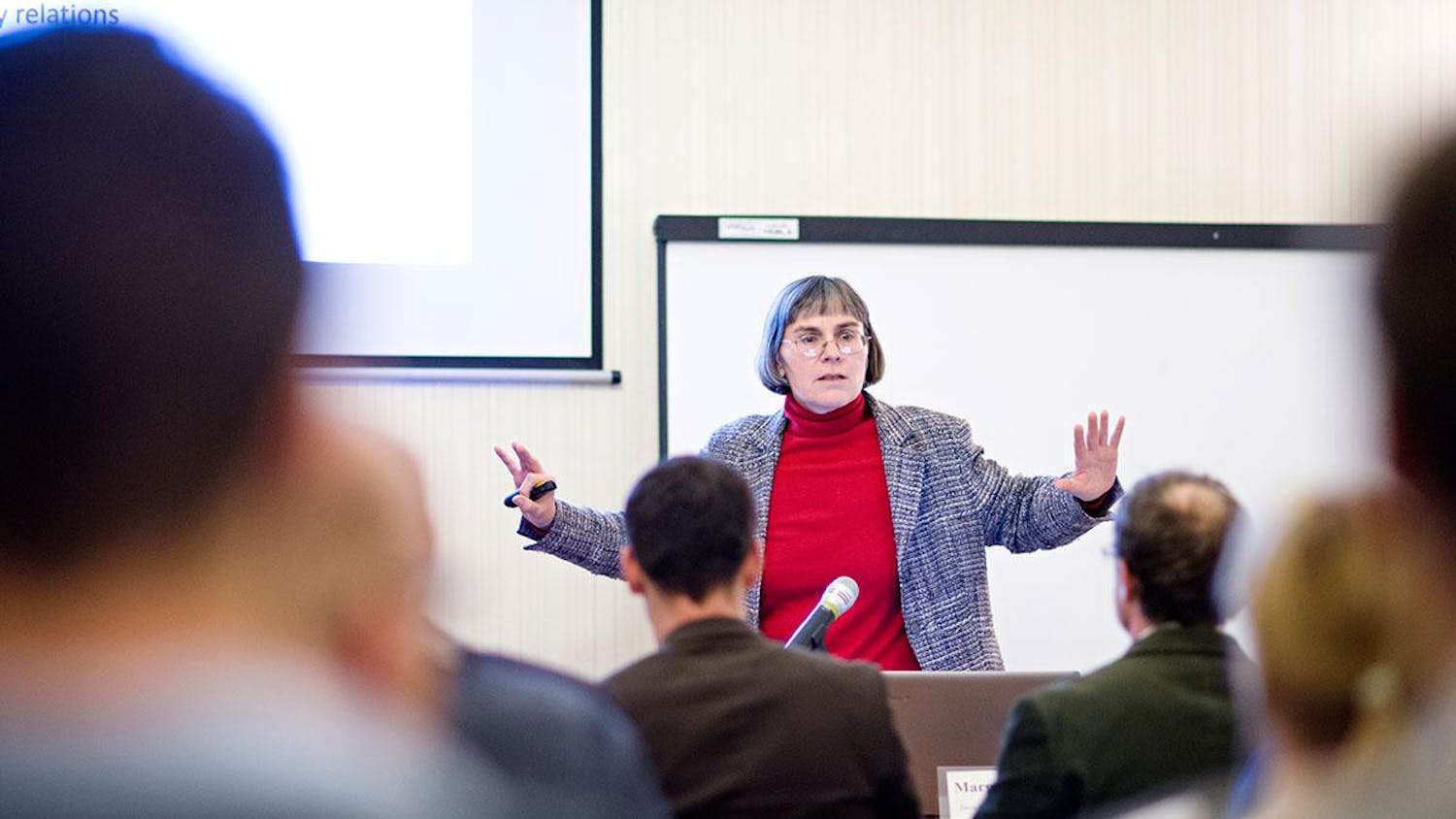The horror genre is notorious for producing films that snatch audiences from the monotony of everyday life and drag them into a macabre world. The most disturbing films, however, blur the line between fantasy and reality, making viewers question whether what they watched was merely an invention of screen-writers and directors.
There is, undeniably, an attraction between audiences and movies that deal with exorcism and possession. Classic horror movies such as "The Exorcist" and "Rosemary's Baby," as well as more recent films like "The Exorcism of Emily Rose," seem to fascinate viewers.
The latest film to join the ranks of exorcist movies is Mikael Håfström's "The Rite," which opened in theaters on Jan. 28. The film is based on journalist Matt Baglio's autobiography "The Rite: The Making of a Modern Exorcist," which details Baglio's experience as he trailed the Rev. Gary Thomas' training to become an exorcist. Baglio's work aims to separate the real from the imaginary and provide readers with a realistic examination of exorcism.
"The Rite," like other films in its genre, opens debate over whether exorcism films are founded on true cases of demonic possession or if the concept of the devil entering a human body is nothing more than an antiquated superstition. Regardless of whether these movies are anything more than fiction, for Catholics, the rite of exorcism is a real and accepted part of their religion.
The Rev. Stanley Gomes, director of Campus Ministry at Seton Hall, commented on the enthrallment people have with these films.
"Somehow people are attracted to darkness and evil. In our culture, this becomes popularized through entertainment in horror movies, and groups of people start to like these types of films," he said.
Although what viewers see on screen is largely a dramatization, exorcism movies deal with a subject that is grounded in fact and tradition according to the Catholic faith.
"In terms of exorcism, it is a part of our human life and the devil exists, it's real," Gomes said.
"The Rite" follows a trend amongst exorcist movies; no matter how fictionalized the end product is, the films are typically grounded in cases that are believed to be true encounters with demonic possession. Håfström's representation of exorcism is more balanced and realistic than in a film like "The Exorcist," as he seems to have paid closer attention to the Catholic roots of exorcism.
Although the movie may be commended for exploring the basis of exorcism in the Catholic tradition, it is still very novelized and riddled with horror movie clichés and absurdities. Regardless of how much of the movie is really believable, "The Rite" provides audiences with what they want to watch and feel when they walk into a horror movie; there are some truly thrilling and grotesque moments that will resonate with horror fans.
There is a clear distinction between the Catholic Rite of Exorcism and the films that are based on this belief. Gomes notes that there are often few correlations between the films and reality. "Evil exists, that's the only valid thing we can see. Demonic possessions happen, exorcism is also a rite of the church, and we can see possession in the New Testament, so there's some validity in that regard," he said.
Spinning heads and spewing pea soup, however, seem to belong more to the realm of the imagination.
There are only a few priests in the United States trained as exorcists, yet they are often overwhelmed by requests for exorcisms. After the release of "The Exorcist" in 1973, dioceses across the country reported a dramatic increase in the demand for exorcists.
Stanley states that true cases of possession are few and far between.
"Some exorcists receive calls on a monthly basis, but whether it's genuine or not has to be decided by those who have the authority by the bishop. A real case is very rare; people might have psychological conditions that may be mistaken as possession," he said.
In response to this high volume of supposed cases of demonic possession, American bishops held a conference in November 2010 to prepare more priests and bishops for the growing demand. The intent was not to revive the practice of exorcism, but to help clergymen differentiate between who needs an exorcism and who needs psychiatric help.
Perhaps the ambiguous and mysterious nature of exorcisms is what draws audiences in. Whether or not one believes in exorcism, there is something fascinating about a film that allows for such a wide spectrum of perspectives and ultimately forces you to decide for yourself. Many of us will never find an answer to these questions about the dualistic nature of the truth and fabrication surrounding exorcism, but the search will no doubt penetrate the soul.
Emily Lake can be reached at emily.lake@student.shu.edu.





